1. Cold Temperatures Promote Slow Metabolism

One of the most notable reasons for gigantism in deep-sea creatures is the cold temperature of their environment. The deep ocean is frigid, with water temperatures often hovering just above freezing. These cold conditions result in slower metabolic rates for marine life, which means they burn energy at a much slower pace. This slow metabolism allows creatures to grow larger since their bodies are not using up their energy quickly. Slow metabolism also leads to longer lifespans, which gives creatures more time to reach larger sizes.
For example, according to the Smithsonian, species like the giant squid grow to enormous sizes as they take years to mature and reach adulthood. This extended growth period, combined with low energy consumption, enables them to store large amounts of fat and energy. The cold temperatures make the deep sea a perfect environment for creatures like the giant squid, allowing them to thrive and grow as large as possible. Additionally, the slower rate of food consumption means these creatures do not need to eat as often, making them more resilient in the food-scarce environment of the deep ocean. In essence, the colder temperatures allow for the evolution of larger, slower creatures that live longer and reach impressive sizes.
2. Scarcity of Food Leads to Larger Bodies
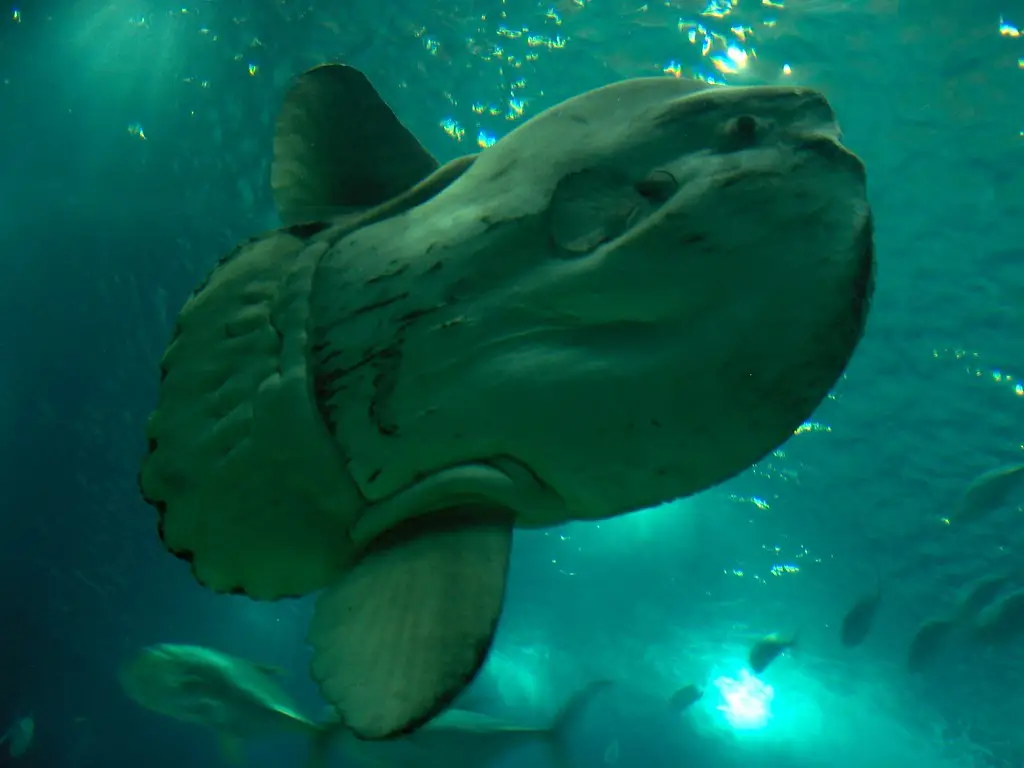
Deep-sea ecosystems are notoriously food-scarce, with nutrients often being hard to come by. In these conditions, larger creatures have a survival advantage. A larger body allows deep-sea animals to store more energy in the form of fat, enabling them to go longer periods without food. In this extreme environment, where meals can be few and far between, super giants like the giant squid or colossal squid are able to survive by accumulating and conserving energy, according to Carleton Newsroom. The sheer size of these creatures enables them to consume large amounts of food when available, providing them with the nutrients they need to sustain themselves during periods of scarcity.
Additionally, their large size can help them cover vast distances in search of food, increasing their chances of finding a meal in the vast expanse of the deep sea. The scarcity of food in the deep sea also means that these super giants are less likely to face competition for resources, allowing them to grow without worrying about smaller competitors. Furthermore, large creatures are often more efficient at hunting and capturing prey, especially when they have specialized features, such as the massive tentacles of the giant squid. Over time, this need for energy storage and efficient foraging strategies has driven deep-sea creatures to evolve into super giants.
3. Pressure and Depth Encourage Larger Sizes
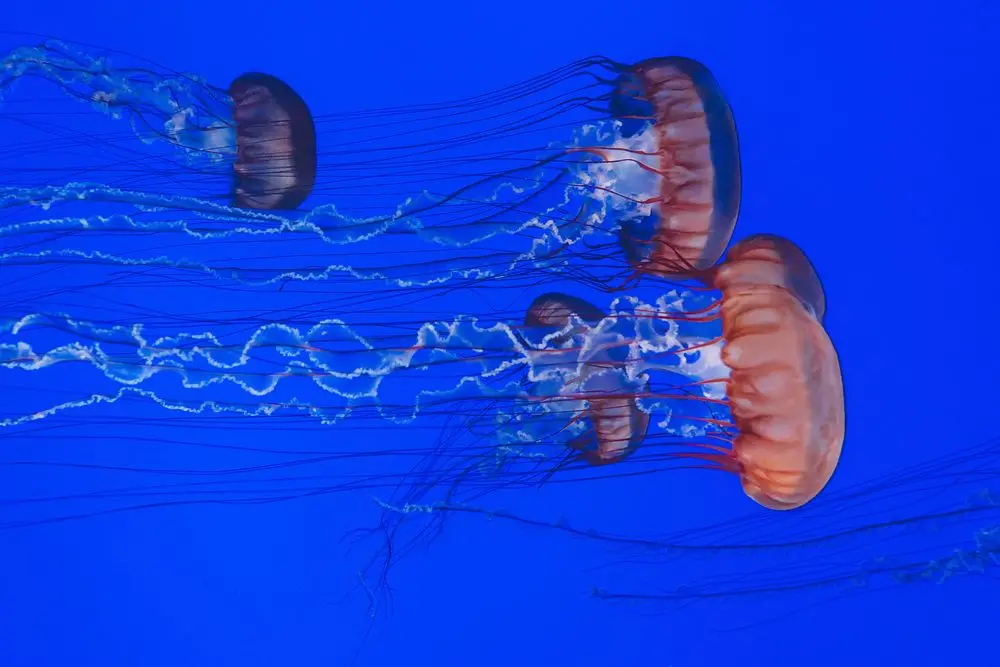
As you descend into the deep sea, the pressure from the water above increases dramatically. At extreme depths, the pressure can be overwhelming to most living organisms, but larger creatures have an advantage in withstanding these harsh conditions. Their larger bodies are able to distribute the pressure more evenly, preventing crushing damage. According to the Monterey Bay Aquarium, the giant squid, a deep-sea super giant, has evolved a robust, flexible body structure that helps it endure the immense pressures of the deep ocean. The larger size helps these creatures maintain structural integrity, allowing them to move and hunt in the depths without being crushed.
Additionally, larger bodies help with buoyancy control, enabling deep-sea animals to stay stable in the water despite the high pressure. Super giants have adapted in such a way that their bodies are able to cope with the extreme pressure of the deep sea more effectively than smaller creatures. This adaptation not only allows them to survive in depths where smaller animals might struggle but also gives them a competitive advantage in their environment. Evolution has favored these larger forms because they are better equipped to thrive in the extreme conditions of the deep ocean, where smaller organisms might be vulnerable.
4. Reduced Competition in the Depths

The deep ocean is a vast and relatively isolated environment, with fewer species compared to shallow waters. This lack of competition for resources gives deep-sea creatures the opportunity to grow larger and dominate their ecological niches. Super giants, such as the giant deep-sea fish or the colossal squid, have fewer predators and less competition for food in the deep sea, allowing them to reach their full potential size. In the absence of smaller predators or competitors, these creatures can thrive and occupy unique ecological roles.
According to LiveScience, the lack of other large predators in these depths means that creatures can grow without fear of being overpowered by other species. Additionally, large creatures can often outcompete smaller ones for food, as their size gives them an edge in capturing prey. For example, a giant squid’s size and strength enable it to capture large fish or even whales, while smaller species might struggle to do so. This lack of competition and the abundance of untapped ecological niches allow deep-sea creatures to evolve into super giants. The reduced competition in the depths is a significant factor that enables these animals to grow to impressive sizes.
5. Efficiency in Long-Distance Travel
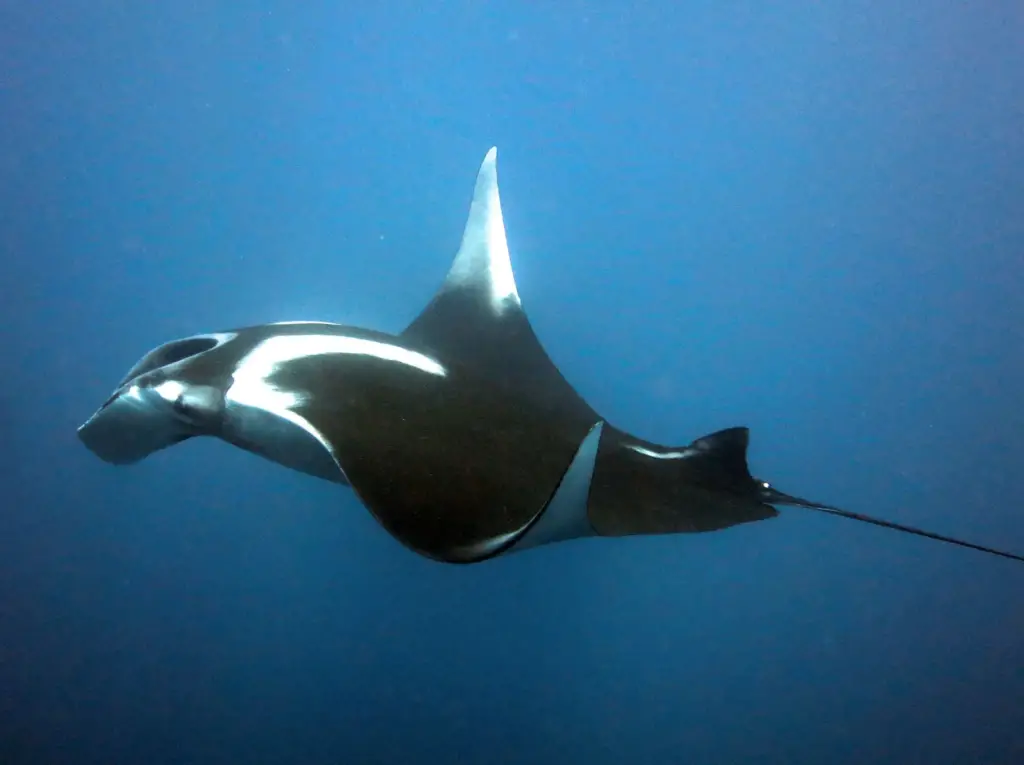
Deep-sea creatures, such as giant squid and certain fish species, often need to travel long distances in search of food, mates, or suitable habitats. Larger bodies are more efficient at covering these vast distances, as they require less energy relative to their size compared to smaller animals. A larger animal has greater endurance, enabling it to move efficiently through the ocean and access resources that are spread out over large areas. According to Natural World Facts, this efficiency in movement is crucial in the deep sea, where food sources are sporadic, and the creatures must travel far and wide to find sustenance. For example, a giant squid’s size enables it to cover long distances in search of prey, while smaller animals may need to stop more frequently for food or energy.
Larger bodies also allow deep-sea creatures to take advantage of environmental currents, moving effortlessly through the ocean without using much energy. In this way, their large size allows them to adapt to the vast and often barren environment of the deep sea, ensuring they can survive and reproduce successfully. As a result, gigantism in deep-sea creatures is an adaptation that enhances their ability to travel long distances efficiently, helping them thrive in their expansive and remote habitat.
6. Lack of Light Encourages Larger Visual Apparatus
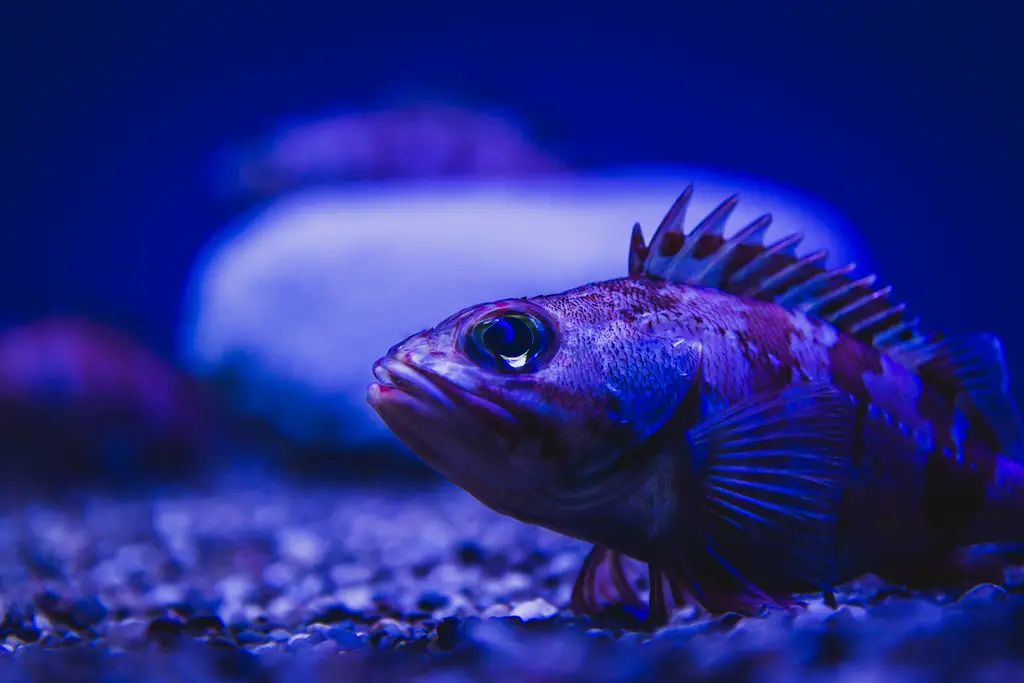
The deep sea is one of the darkest places on Earth, with no natural light penetrating to the depths where super giants live. To cope with this absence of light, many deep-sea creatures have evolved larger eyes to improve their ability to detect even the faintest signals. Larger eyes help creatures like the giant squid or deep-sea fish to detect light from bioluminescent prey or predators. The larger the eye, the more light it can capture, giving the creature a significant advantage in the dim, dark waters. Additionally, these large eyes are adapted to detect movement, which is crucial for spotting prey or avoiding predators.
Larger eyes provide deep-sea creatures with heightened sensitivity, enabling them to navigate and hunt in near-complete darkness. This adaptation has driven the evolution of super giants with oversized eyes, such as the deep-sea anglerfish, which uses its large eyes to see prey in the abyss. The lack of light in the deep sea thus encourages the development of larger visual apparatuses, which help these creatures survive and thrive in their dark habitat. The need for better vision in the deep sea has led to the evolution of larger creatures with specialized adaptations, such as super-sized eyes.
7. Increased Longevity Through Gigantism
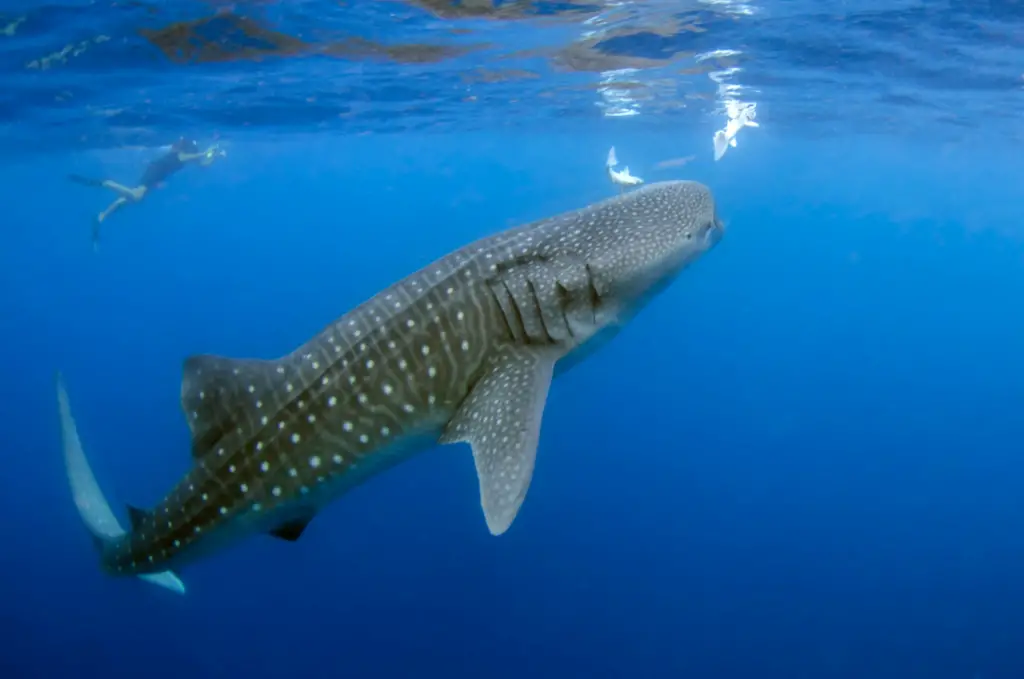
In the deep sea, life is often slow and harsh, but larger creatures tend to live longer than their smaller counterparts. This increased longevity is an essential factor in the evolution of super giants. Larger animals like deep-sea sharks, giant squids, and certain fish species can live for decades, giving them plenty of time to reproduce and pass on their genes. This longer lifespan is partly due to the slower metabolic rates of deep-sea creatures, which means they age more slowly and do not require as much food to sustain themselves.
By growing larger and living longer, these creatures can reproduce over many years, increasing their chances of survival in a difficult environment. Gigantism in deep-sea creatures allows them to accumulate energy over time, storing enough to last them through long periods of scarcity. Additionally, larger creatures are less vulnerable to the threats of predation and disease, as their size often makes them less susceptible to common risks. This increased longevity ensures that deep-sea super giants can thrive and maintain stable populations over many generations. In the deep-sea environment, where resources are limited, being large and long-lived provides significant evolutionary advantages.
8. Predator Avoidance Through Size
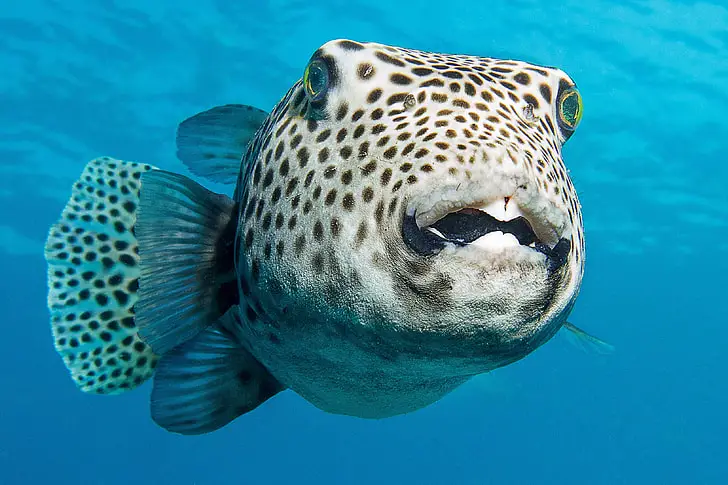
In the deep ocean, where food chains are complex, one of the most advantageous traits for survival is size. Super giants, being much larger than most of their potential predators, can avoid being hunted or attacked. Their sheer size can make them intimidating and difficult to overpower. For example, the massive deep-sea fish or giant squid often have few natural predators in the depths of the ocean.
Their size makes them formidable opponents for smaller creatures and helps them defend themselves against any threats. The advantage of being large also means these creatures can dominate their environments, asserting themselves as apex predators. Larger creatures can hunt with greater efficiency, and their size allows them to overpower smaller prey. By evolving into super giants, deep-sea creatures effectively reduce their chances of falling victim to predation, ensuring their survival in a hostile environment. Gigantism is often an effective defense mechanism, as larger animals are less likely to be targeted by predators compared to their smaller counterparts.
9. Specialized Feeding Mechanisms
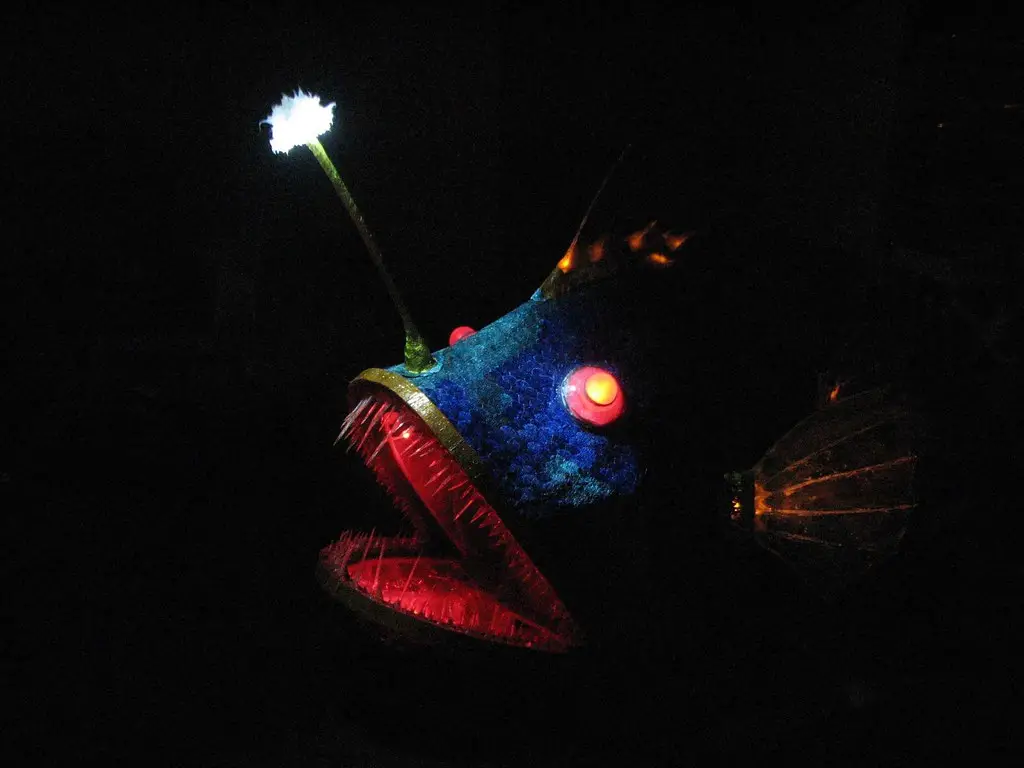
One of the primary drivers of gigantism in the deep sea is the need for specialized feeding strategies. Deep-sea creatures, such as the giant squid or certain sharks, have evolved large bodies to accommodate their feeding habits. These super giants can capture larger prey, such as fish, squid, or even whales. Their large mouths and powerful limbs allow them to snatch up prey that smaller animals cannot access. In the dark depths, where food sources are scattered and rare, being large allows these creatures to capture more food at once and consume larger portions.
For example, the deep-sea anglerfish uses its large mouth to consume whatever it can catch, often feeding on prey much larger than itself. By evolving larger bodies, these creatures maximize their ability to consume large quantities of food when it is available. Their gigantism is thus a direct adaptation to the sparse and unpredictable food sources found in the deep sea, where feeding efficiently is critical to survival.
10. Evolutionary Legacy of Larger Ancestors
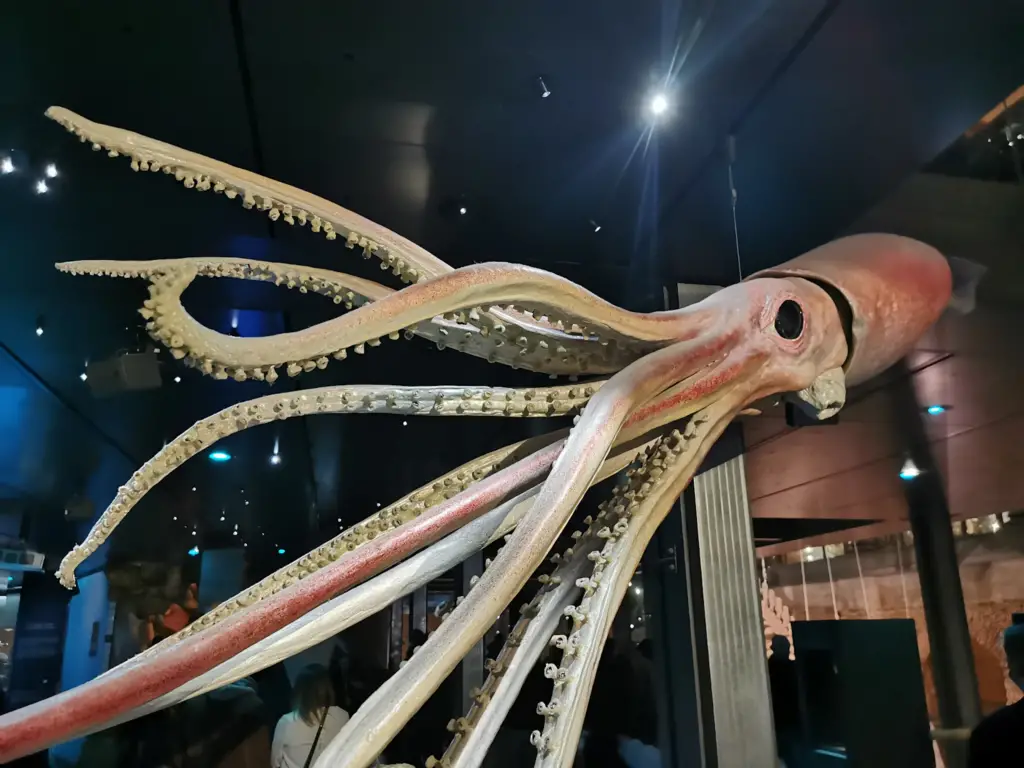
The deep-sea giants we see today are not the result of a sudden change, but rather the outcome of millions of years of evolutionary pressure. Many of the deep-sea super giants, like the giant squid, evolved from smaller ancestors that gradually grew larger as they adapted to the extreme conditions of the deep ocean. Over generations, these creatures grew larger to better cope with the harsh environment, including extreme pressure, cold temperatures, and scarce food resources. This trend of growing larger continued over time as larger creatures had an advantage in surviving and reproducing in the deep sea.
The evolutionary success of these larger ancestors helped pass on their genetic traits to future generations. The legacy of gigantism is seen in many species that have adapted over time to grow larger and dominate the deep-sea environment. Through natural selection, these super giants have become the norm in some deep-sea ecosystems, a testament to the power of evolutionary forces. Gigantism, in this case, has become a defining trait for many deep-sea species, ensuring that their descendants continue to thrive in the depths of the ocean.


